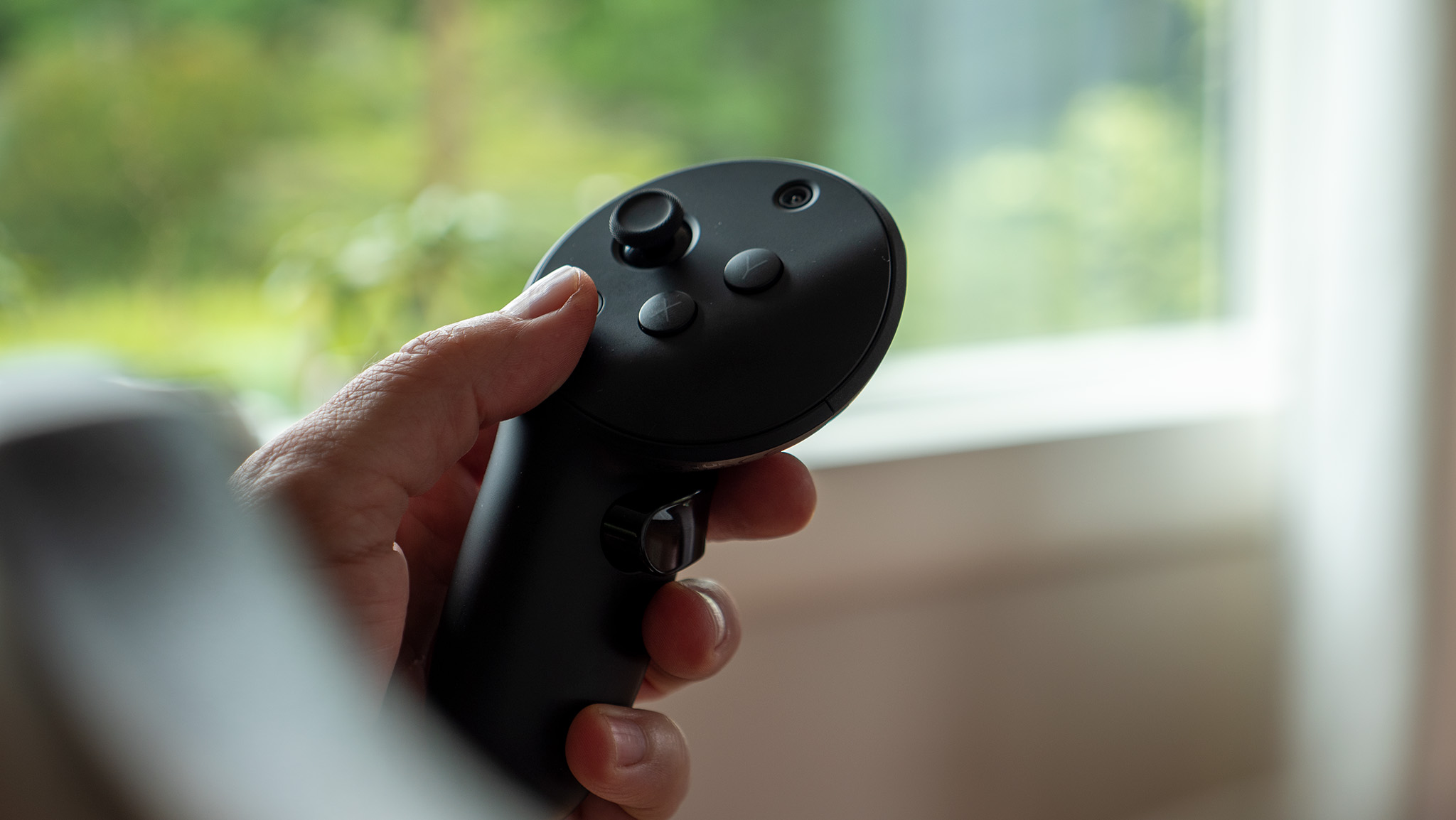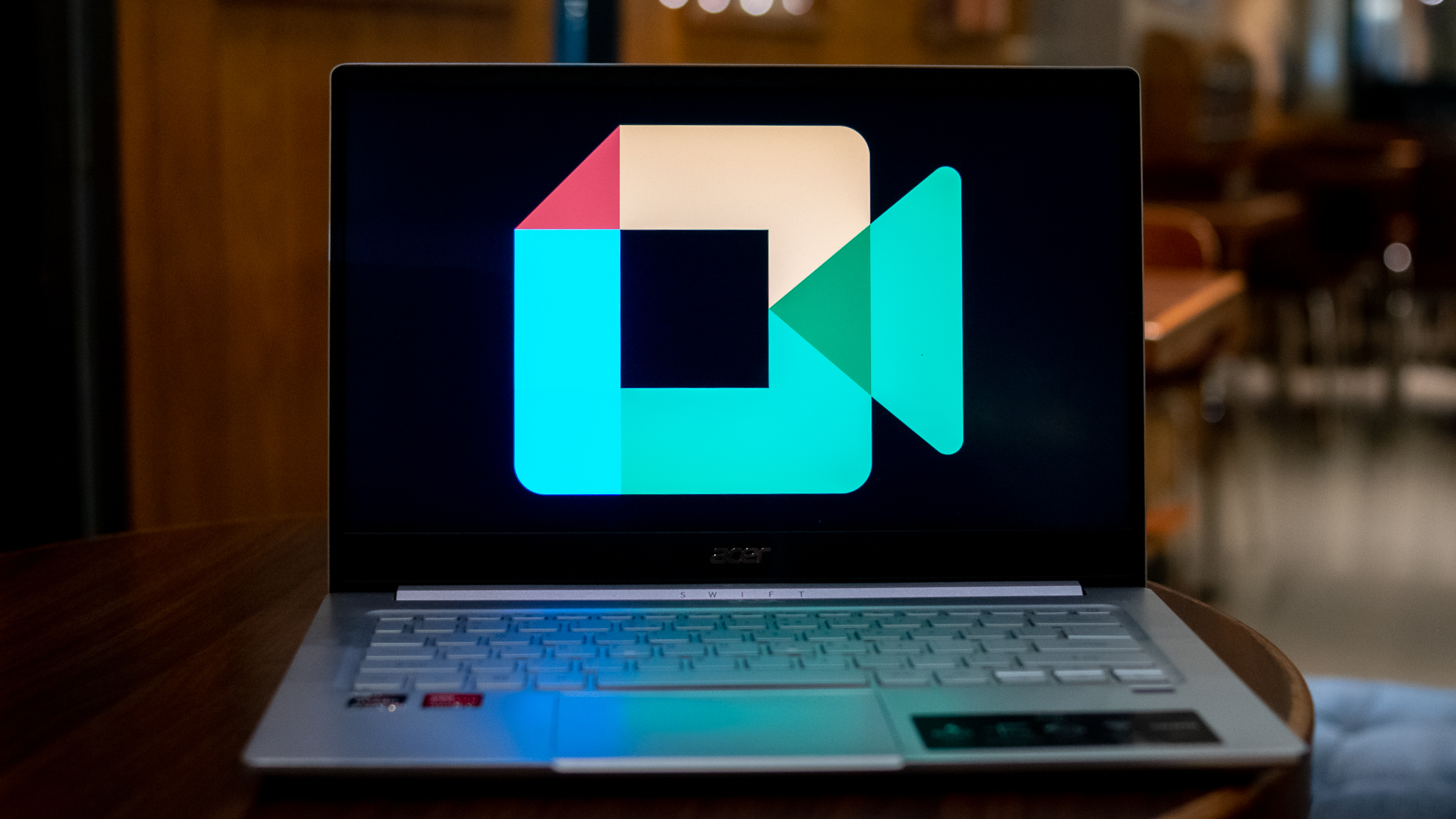The latest Quest 3 leaks are getting pretty weird
How will the controllers track? No one seems to know.

What you need to know
- A new hands-on of the Meta Quest 3 confirms previous rumors and leaks about the headset's new design and shape.
- The Quest 3 looks to be using two color passthrough cameras, an IR projector, and a depth sensor to automatically map a player's surroundings.
- The new controllers look more like Quest Pro controllers and don't have cameras or tracking rings.
The Meta Quest 3 might be even more different than we initially expected. Meta's next-generation VR headset, said to be launching later this fall, will reduce the size and improve the shape of the headset but is said to weigh about the same as the Quest 2. It's also reducing the number of cameras — down to two cameras instead of four — and adding in two important new elements: an IR projector and a depth sensor.
Previous Quest 3 leaks had already included a depth sensor in the mix but the advent of an IR projector — a way of projecting a grid of infrared light onto the headset's surroundings — will help the headset work in any light. In addition, a hands-on with the headset from Bloomberg confirms that the headset will automatically map a player's surroundings, similar to how the PSVR 2 works.
A depth sensor would solve an important piece of the mixed-reality puzzle, making it far more convenient for gamers to put the headset on and just play without having to set things up regularly. It also would enable richer mixed-reality experiences since players wouldn't have to manually set up their rooms. The Quest Pro, for instance, can map your home but everything has to be done manually.
I made a concept to show how the IR tracking dots could work without rings, and the depth sensor on the Quest 3 would also improve the tracking pic.twitter.com/28yXDv1tOZMay 28, 2023
As you can see in the mockup concept image above, Bloomberg says the controllers don't have a tracking ring around them — similar to the Quest Pro. But here's where it gets weird. Unlike the Quest Pro, Bloomberg says the controllers don't have cameras onboard to track themselves.
That means the headset must be tracking the controllers but, with only two front-facing cameras, tracking accuracy and range would be significantly reduced if it's just using visual tracking. Some have surmised that the visual data from the depth sensor and cameras combined with accelerometer data from the controllers themselves is enough to accurately track the controllers, but prior experience says this isn't the case.
It's possible that Meta is using electromagnetic tracking like Pico did with the Pico Neo 2. That wouldn't need any kind of optical data from the headset and could track in full 3D space relative to the headset. This tracking method hasn't always been the best in the past but there's always the possibility that this is used in conjunction with other methods to produce a superior tracking method while reducing the camera count.
Either way, we don't have long to wait to officially find out. Fall is just a few months away! In the meantime, the best Quest games will surely keep us all entertained.
Get the latest news from Android Central, your trusted companion in the world of Android

